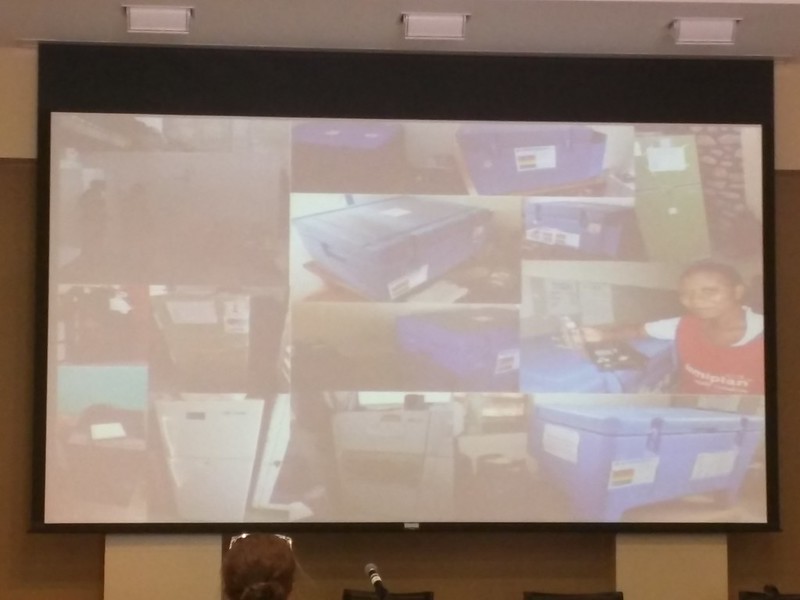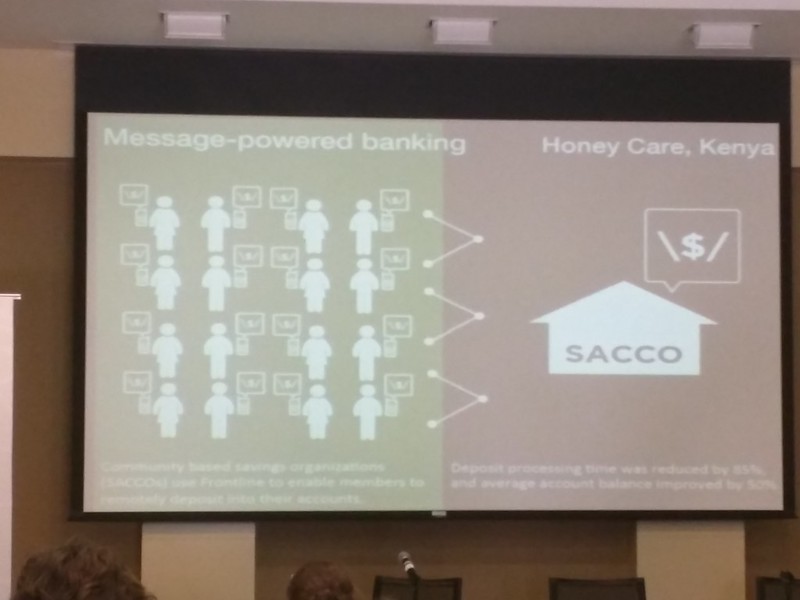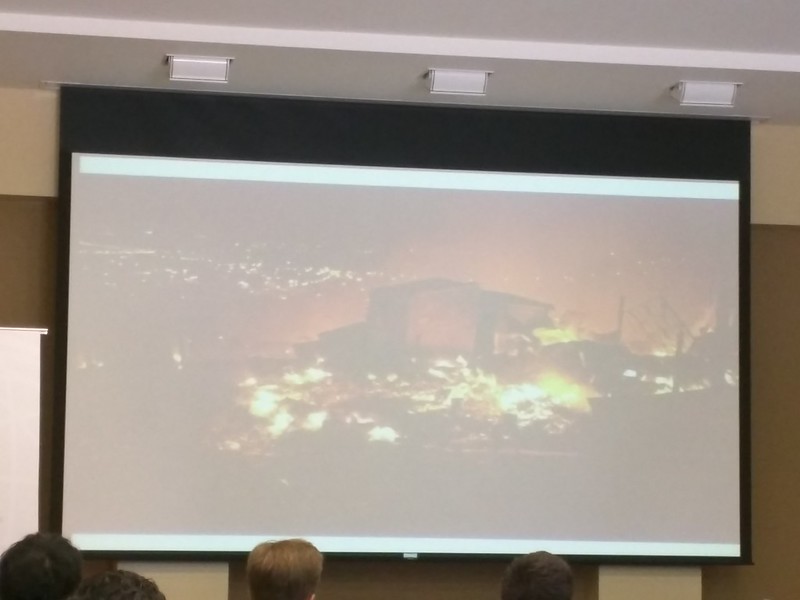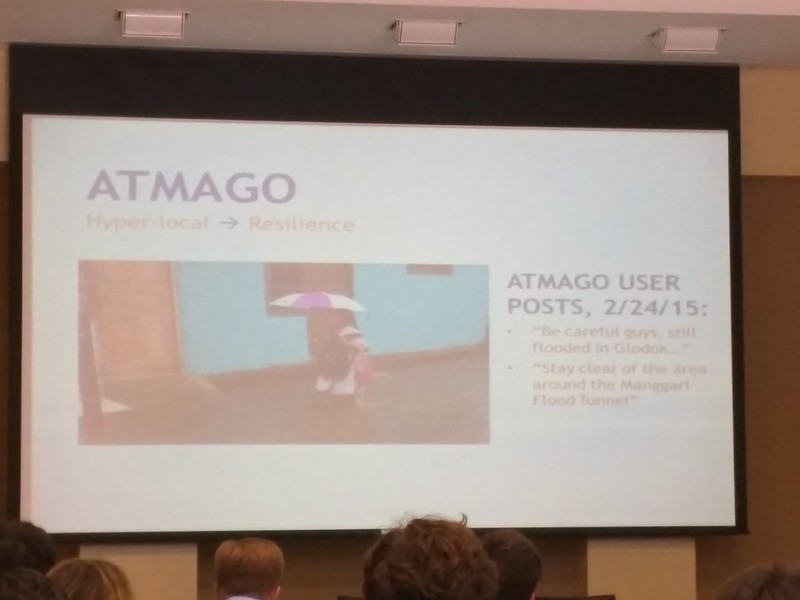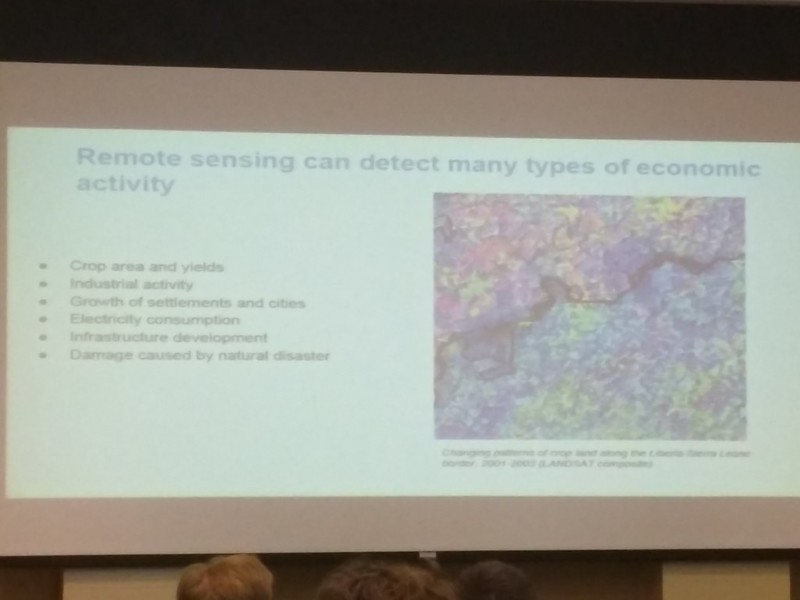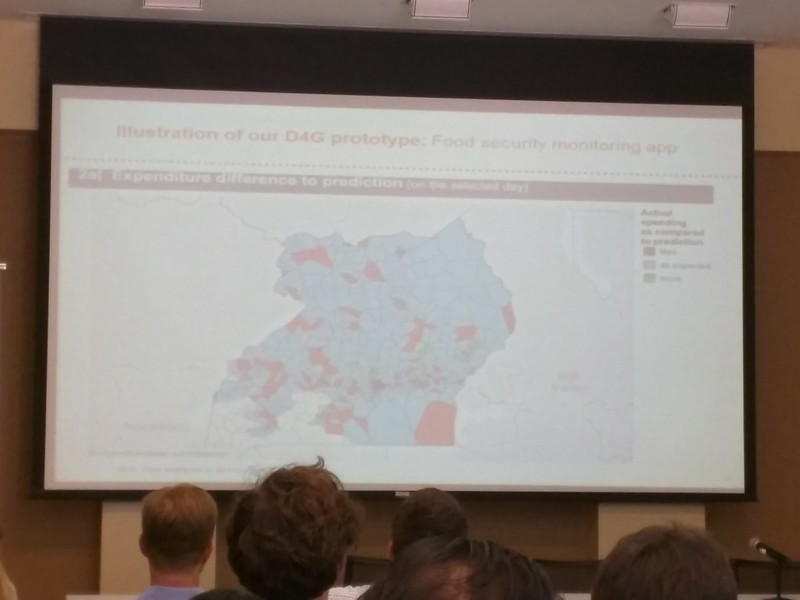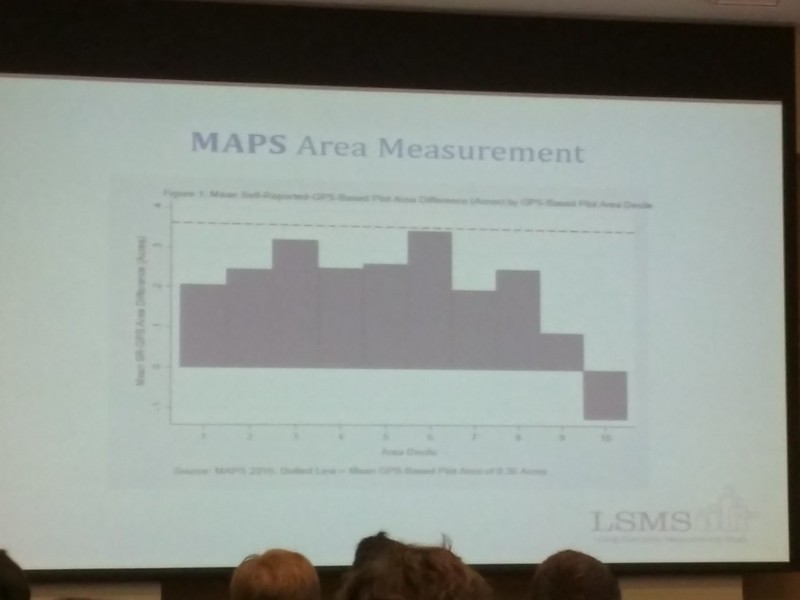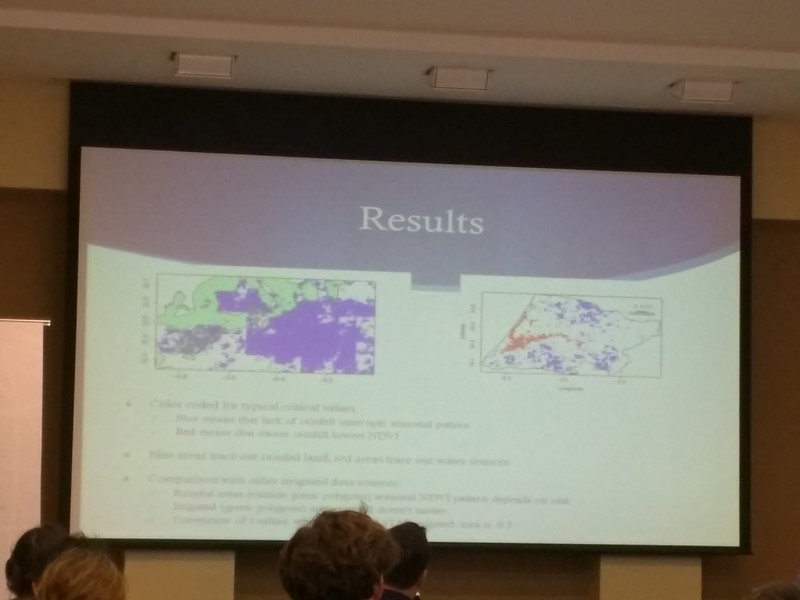I joined SF Hardware Startups Meetup this week, here are some pics.
Format of the event is that each startup gets 2 minutes, no slides are allowed (in fact they won't have projectors) so you either demo or talk.
The fun part is before and after the talks, you have tons of time to touch their products in the early stage (usually not on sale yet), try them, play with them, and talk with the teams that built them :)
Bolt motorbikes and their electric motorbike.

It has several modes: On "Economy Mode", it is 20 MPH top speed, 1000 watts of power and you can drive up to 50 miles range. On "Sport Mode" it's 40 MPH top speed, up to 5500 watts of power and can ride for 30 mile range. It has regenerative braking too.


It connects with your smartphone app via bluetooth, you can charge your smartphone as well.

The seat looks hard on picture but when you sit on it the cushion is very soft.


You can make a reservation or request a test ride from their website.
PureRockets showcased their TurbineDrone. It has 4 turbines, the silver rod you see in the picture connecting the turbine and center- that's the fuel. It can fly as fast as 350MPH.



This is how you'd look when you fly. He'll be flying in 3 months, and is planning to launch Indiegogo campaign in 6 months to allow others to fly.
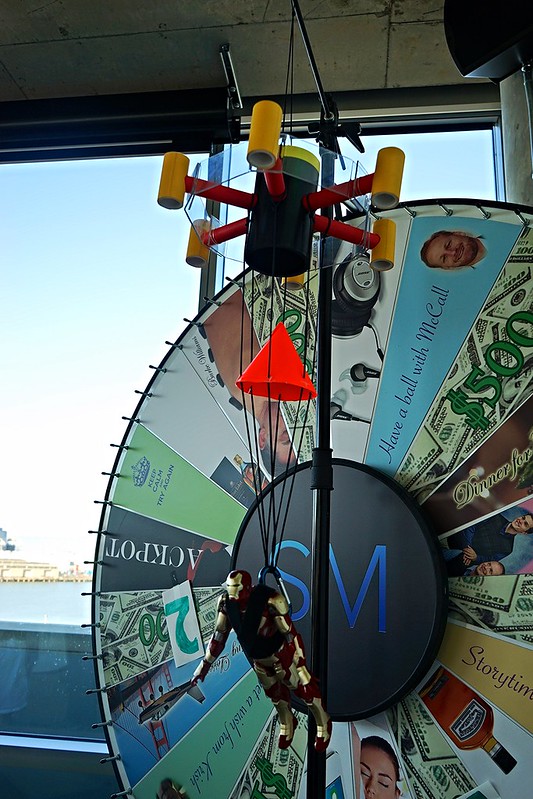
SLICK is a stabilizer for GoPro.

Video of GoPro footage with and without SLICK.
They're planning to start Indiegogo campaign soon.
Sensel is a pressure sensor tablet. Based on the level of pressure you put on the tablet, you can visualize that force.


They're working on getting their first units to production, so stay tuned!
Titanium Falcon team is building a motion control ring that works on iOS or Android. (This is just a mock)

Awair analyzes indoor air quality in real time, communicate with other home devices to help you achieve optimal air quality.

Others who spoke includes Indiegogo's hardware team, Openbike, Stratio (imaging system), Whatweorder (business purchasing cloud software), discoverGPiO (hardware component search), Anova Culinary (precision cooker), portable box to get rid of wrinkles, search engine for hardware, hardware startup accelerator, consultant, etc.
Thank you to Cisco Meraki, the host and sponsor of the event this month, and they gave us Z1 as gifts- yay :D

Meraki had a beautiful office, their patio has a great view- and they're hiring!

Thanks to the organizers- it was an awesome event!
Other photos I took from this meetup can be found here.
Disclaimer: The opinions expressed here are my own, and do not reflect those of my employer. -Fumi Yamazaki
Format of the event is that each startup gets 2 minutes, no slides are allowed (in fact they won't have projectors) so you either demo or talk.
The fun part is before and after the talks, you have tons of time to touch their products in the early stage (usually not on sale yet), try them, play with them, and talk with the teams that built them :)
Bolt motorbikes and their electric motorbike.

It has several modes: On "Economy Mode", it is 20 MPH top speed, 1000 watts of power and you can drive up to 50 miles range. On "Sport Mode" it's 40 MPH top speed, up to 5500 watts of power and can ride for 30 mile range. It has regenerative braking too.


It connects with your smartphone app via bluetooth, you can charge your smartphone as well.

The seat looks hard on picture but when you sit on it the cushion is very soft.


You can make a reservation or request a test ride from their website.
PureRockets showcased their TurbineDrone. It has 4 turbines, the silver rod you see in the picture connecting the turbine and center- that's the fuel. It can fly as fast as 350MPH.



This is how you'd look when you fly. He'll be flying in 3 months, and is planning to launch Indiegogo campaign in 6 months to allow others to fly.

SLICK is a stabilizer for GoPro.

Video of GoPro footage with and without SLICK.
They're planning to start Indiegogo campaign soon.
Sensel is a pressure sensor tablet. Based on the level of pressure you put on the tablet, you can visualize that force.


They're working on getting their first units to production, so stay tuned!
Titanium Falcon team is building a motion control ring that works on iOS or Android. (This is just a mock)

Awair analyzes indoor air quality in real time, communicate with other home devices to help you achieve optimal air quality.

Others who spoke includes Indiegogo's hardware team, Openbike, Stratio (imaging system), Whatweorder (business purchasing cloud software), discoverGPiO (hardware component search), Anova Culinary (precision cooker), portable box to get rid of wrinkles, search engine for hardware, hardware startup accelerator, consultant, etc.
Thank you to Cisco Meraki, the host and sponsor of the event this month, and they gave us Z1 as gifts- yay :D

Meraki had a beautiful office, their patio has a great view- and they're hiring!

Thanks to the organizers- it was an awesome event!
Other photos I took from this meetup can be found here.
Disclaimer: The opinions expressed here are my own, and do not reflect those of my employer. -Fumi Yamazaki






